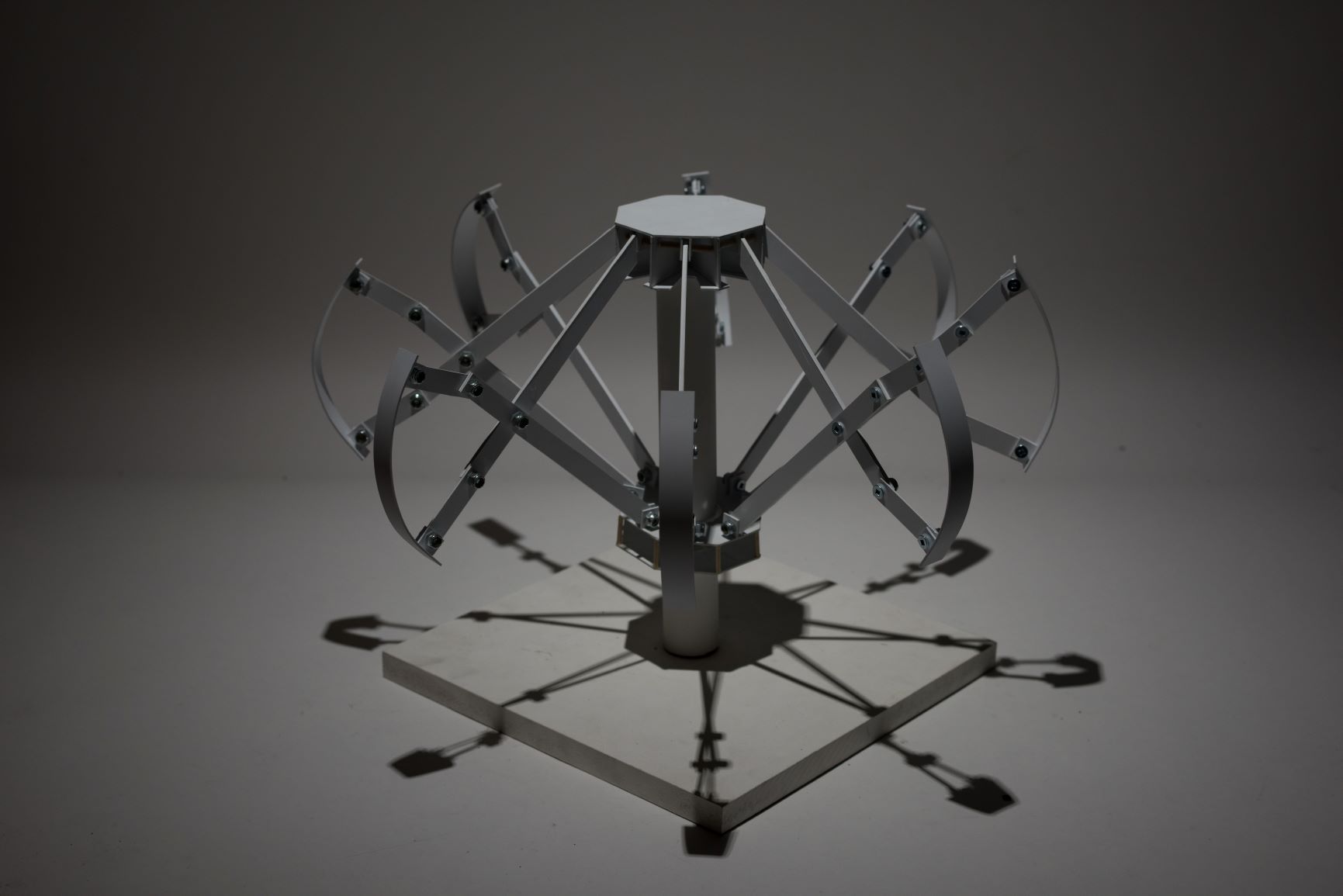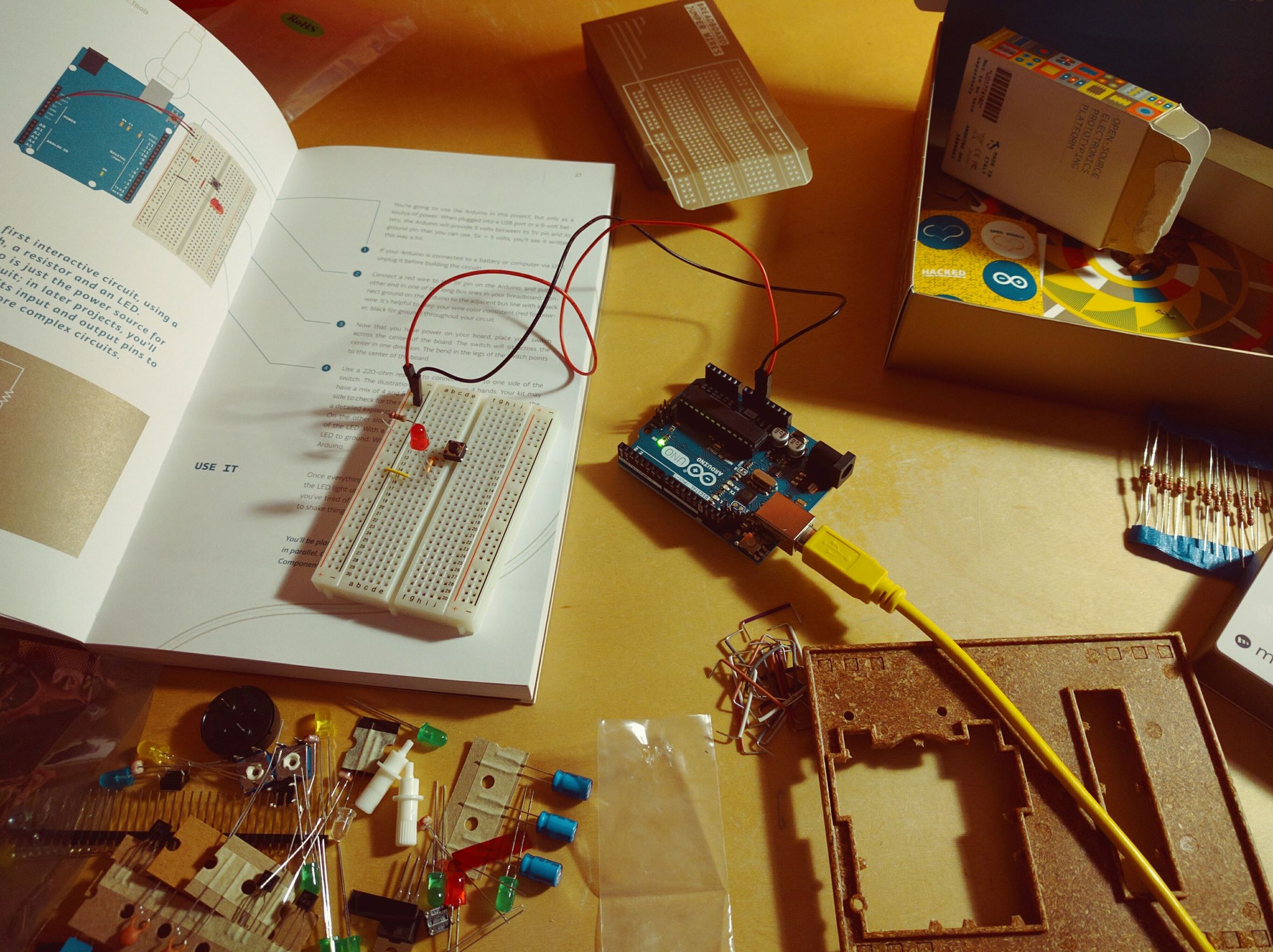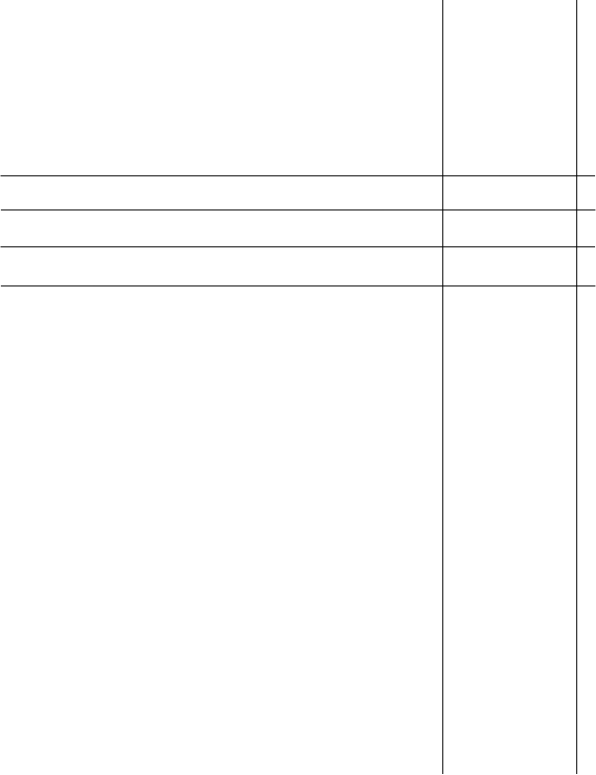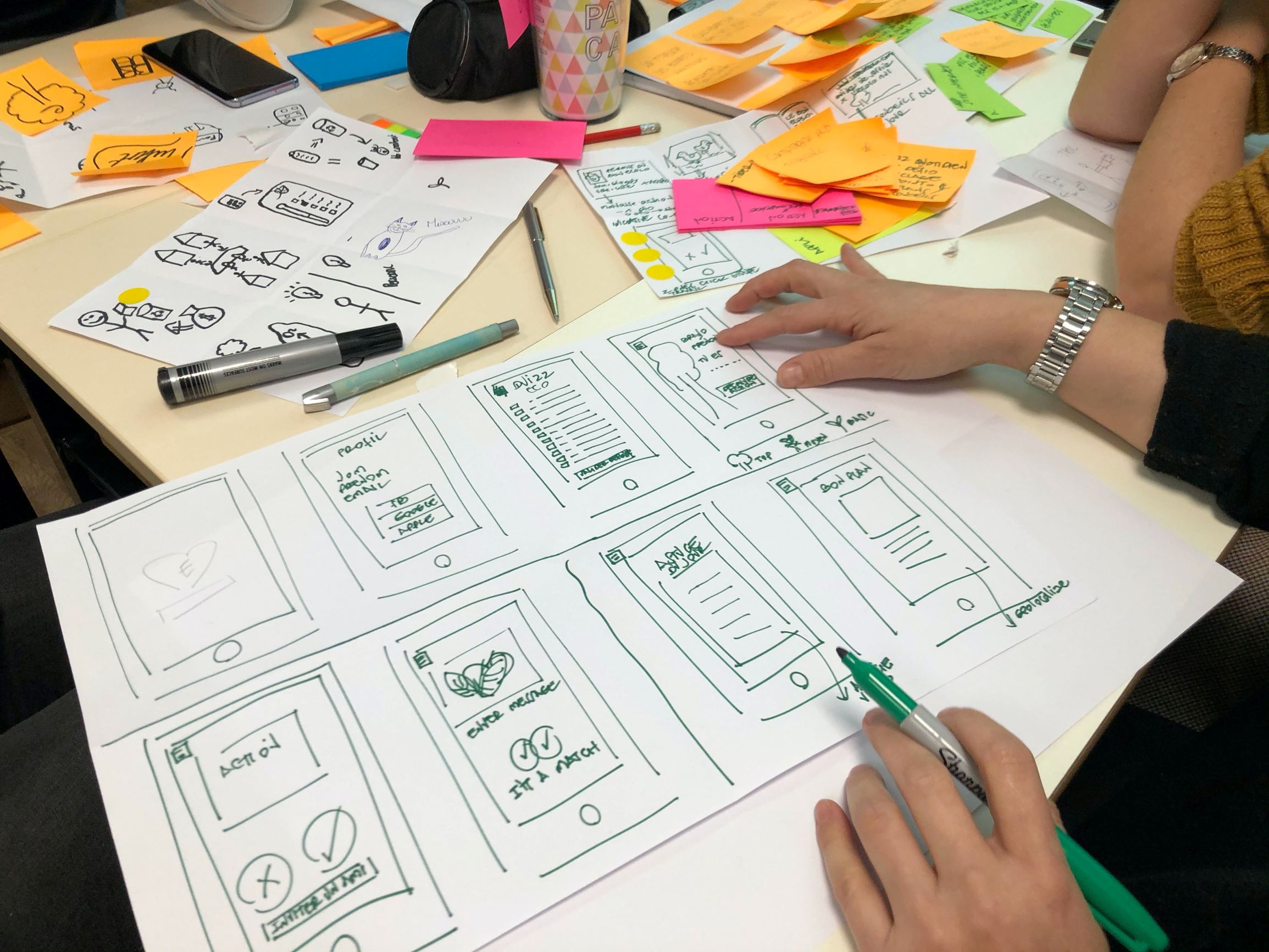INTERACTION DESIGN
交互
设计
Interaction design , or IXD, is a design field that defines and designs the behavior of man-made systems. It defines the content and structure of communication between two or more interactive individuals, so that they can cooperate with each other to achieve a certain purpose together. Interaction design focuses on "embedding information technology in a material world full of social complexity" and strives to establish meaningful relationships between people, products and services. Its goal can be analyzed from the two levels of "usability" and "user experience", focusing on user-oriented needs.

